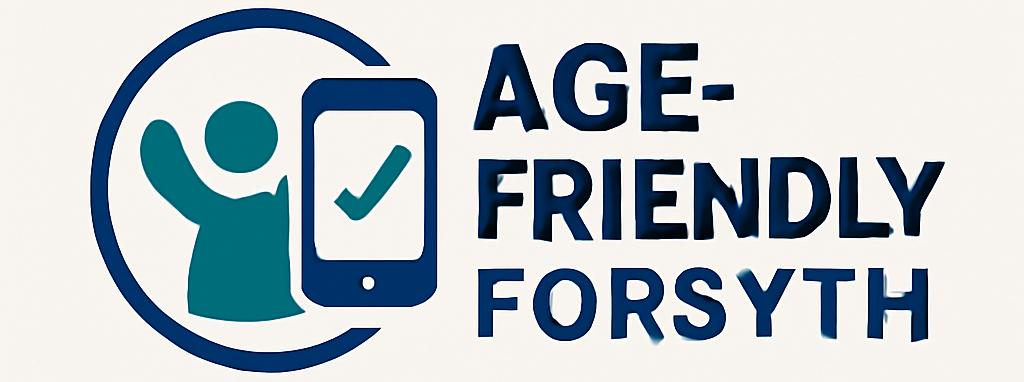The inability to disable features designed to aid users with disabilities on the Android operating system can present a significant usability challenge. This situation arises when settings intended to improve device interaction for individuals with specific needs, such as TalkBack (screen reader), Select to Speak, or accessibility shortcuts, become persistently active and resist conventional deactivation methods. This can lead to unexpected device behavior, including altered audio output, unintended screen interactions, and difficulty navigating the interface.
The importance of resolving this issue lies in restoring user control over device functionality and preventing frustration. Persistent activation of accessibility features can impede typical device operation and hinder access to desired applications and settings. Understanding the underlying causes, which may include corrupted system configurations, software bugs, or unintended activation via hardware shortcuts, is crucial for effective troubleshooting. Historically, solutions have ranged from simple restarts and settings adjustments to more complex procedures involving clearing cache partitions or performing factory resets.
